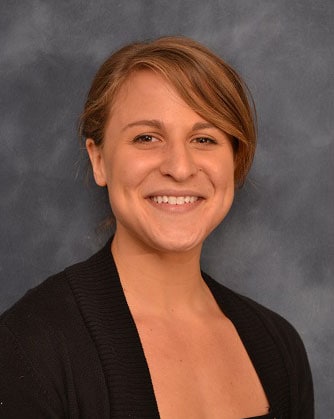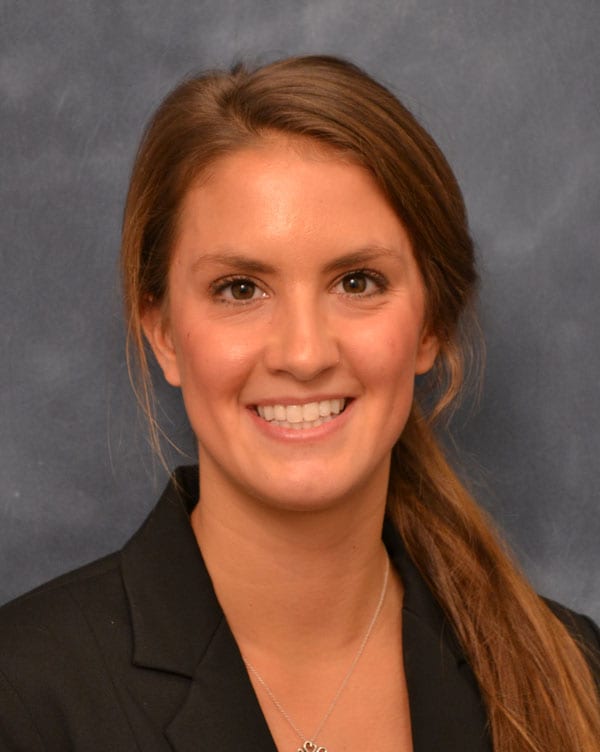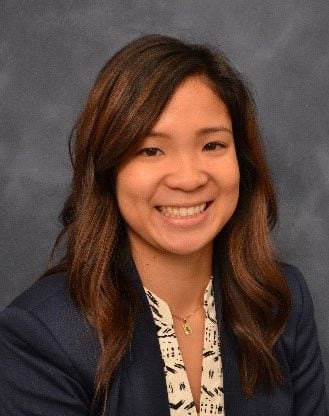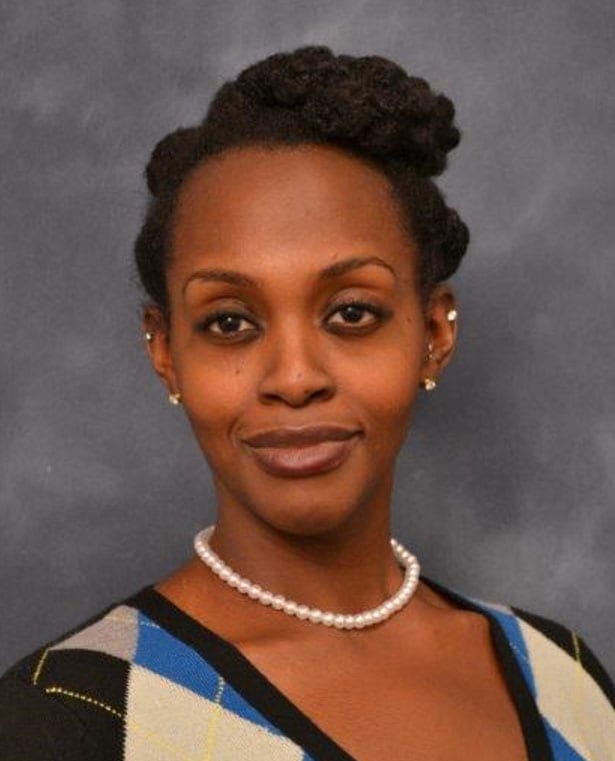PFA Snapshots: Project Highlights from the Field
PFAs play a dynamic role in supporting state and local public health initiatives and responses. As integral members of the CDC public health workforce, PFAs utilize their knowledge and skill sets to drive action. PFA contributions are unique to their individual assignments. PFA Snapshots provide an opportunity for PFAs to share success stories.

Kristin Arkin is a PFA with the Idaho Division of Public Health Bureau of Communicable Disease Prevention (BCDP). Kristin has supported Idaho in a wide variety of preparedness activities and program areas including epidemiology and surveillance, information sharing, syndromic surveillance, policy review, program evaluation, and sub-grant monitoring. For one of her major projects, Kristin is working with Idaho’s public health districts to implement emergency responder health monitoring and surveillance (ERHMS) for public health responders. In the first year of her assignment, Kristin supported Idaho’s public health districts and emergency medical services (EMS) agencies in a CDC-led pilot test of a data management system for ERHMS. Later that year, Kristin developed and facilitated a tabletop exercise at a statewide epidemiology conference with players from the Division of Public Health Epidemiology Program, Public Health Preparedness and Response Program, and local public health districts, including epidemiologists and preparedness staff. Kristin will incorporate exercise feedback into state-wide public health preparedness planning, training, and exercise efforts to implement ERHMS in a way that meets the needs of her host agency and local partners. She hopes to share plan templates and decision matrices produced during implementation in Idaho with other agencies working to implement ERHMS in their jurisdictions.

Helena Wolf is a PFA with the Chicago Department of Public Health (CDPH) where she primarily focuses on information sharing, medical surge, and emergency operations coordination. Helena serves on the Executive Committee for the Chicago Healthcare System Coalition for Preparedness and Response and is the co-chair of the Coalition’s Information Sharing Committee. Since joining CDPH in October 2016, Helena has played a lead role in managing the Chicago Healthcare Dashboard, a collection of web-based platforms used for information sharing, data collection, and patient surge monitoring across the Chicago healthcare system. Recently, Helena worked with the EMS Region XI Medical Directors Consortium to implement a new process to report, monitor, and track hospital bypass electronically using the healthcare dashboard. The new process has enabled hospitals, EMS, public health, and emergency management partners to have enhanced situational awareness of the current status of the healthcare system at any given time. Currently, Helena is expanding the healthcare dashboard to include new healthcare partners such a long-term care facilities and dialysis centers. This expansion will further enable the dashboard to function as a tool that is used to rapidly assess and identify the resource capabilities of critical healthcare partners during planned special events or incidents. Since joining CDPH, Helena has also been involved in a number of exercises including the HHS Region V Ebola Transportation and Coordination tabletop exercise and the Chicago Healthcare Coalition’s annual full-scale exercise and new partner tabletop exercise. Helena has also participated in planned events and real incidents including the 2018 World Series, Barack Obama’s farewell address, Lollapalooza Music Festival, a suspected opioid overdose co-hort, and a hospital evacuation. During these events, Helena assisted in monitoring patient surge activities across the Chicago region through data collection, reporting, and analysis.

Lauren Ho is a PFA with the Vermont Department of Health, Division of Emergency Preparedness, Response and Injury Prevention (DEPRIP). One of Lauren’s major assignments is to increase medical countermeasure capabilities for limited English proficient (LEP) populations in Vermont. In her role, Lauren collaborated with the health equity program and a local health district in Vermont to lead a point of distribution (POD) exercise. The POD exercise was designed to strengthen Vermont’s Strategic National Stockpile and Cities Readiness Initiative programs through an evaluation of Vermont’s distribution capacity to LEP populations. The exercise evaluated the use and effectiveness of a telephonic interpreter service to accurately distribute life-saving medications to LEP populations at one of Vermont’s POD sites serving a large LEP population. Using the head of household model (household size of three persons) and a telephonic interpreter services, bilingual (English with Maay Maay, Nepali, or French) LEP actors entered the POD to receive medication. During the exercise, the time is too to get though different stations within the POD site was captured and the overall time from triage to dispensing for all actors. Moving forward, Lauren will incorporate improvement plan items from the POD exercise in a workshop with local health districts emergency preparedness staff to increase planning for LEP populations. Beyond the workshop, Lauren is looking to integrate planning for LEP populations throughout all of Vermont’s preparedness efforts.

To build community preparedness capabilities, PHEP recipients must characterize risks to their jurisdictions in coordination with community partners and stakeholders. Jennifer Johnson, PFA assigned to the Tennessee Department of Health (TDH), emergency preparedness program, serves as the lead for organizing the jurisdictional risk assessment (JRA). To prepare for this role, she researched existing risk methodologies, completed trainings, and consulted with numerous subject matter experts at local, state, and federal levels.
She facilitated TDH’s enrollment in a pilot project with the Department of Health and Human Services to test the Healthcare Public Health Risk Identification and Site Criticality (RISC) Toolkit. This allowed emergency response coordinators to test the new all-hazards risk methodology on 11 regional health offices and submit ideas for enhancements that were incorporated prior to the nation-wide rollout in 2018.
Since the pilot, Jennifer has facilitated the adoption of the RISC methodology for public health offices statewide. To assist, she provided in-person and virtual technical assistance, designed a strategy for streamlining data collection and workflow, performed toolkit demonstrations, and assembled a JRA support team. She also worked closely with TDH staff to set goals, monitor progress, and develop a strategy for incorporating social vulnerability and input from community partners.
With Jennifer’s support, the RISC toolkit has been used to assess 107 public health offices across 95 counties using a common risk formula and objective data to identify and prioritize threats and hazards, account for supply chain disruptions, examine critical dependencies, and estimate human, property and economic consequences of hazards.